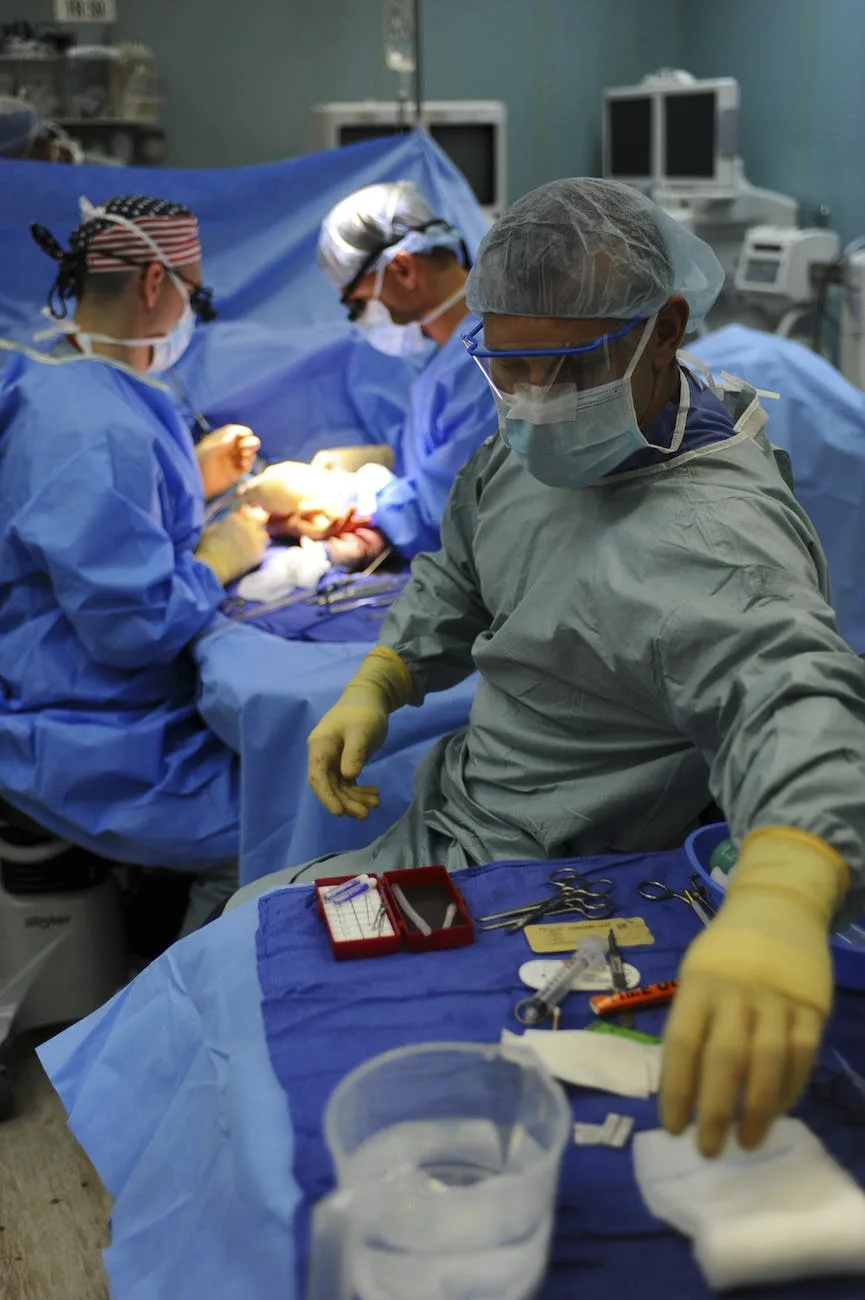Ontario Reducing Wait Times for Surgeries and Procedures
Community surgical and diagnostic centres connecting people to faster, more convenient care with your health card
TORONTO — The Ontario government is making it easier and faster for people to access the publicly-funded surgeries and procedures they need by further leveraging community surgical and diagnostic centres to eliminate surgical backlogs and reduce wait times. As the government significantly expands the number of surgeries being done through community surgical and diagnostic centres, it will do so with measures in place to protect the stability of health human resources at public hospitals, including requiring new facilities to provide detailed staffing plans as part of their application and requiring a number of physicians at these centres to have active privileges at their local hospital.
“When it comes to your health, the status quo is no longer acceptable,” said Premier Doug Ford. “Our government is taking bold action to reduce wait times for surgeries, all while ensuring Ontarians use their OHIP card to get the care they need, never their credit card.”
Community surgical and diagnostic centres have been valuable partners in responding to the pandemic and addressing the pandemic-related backlog in surgeries. Increasing community delivery of surgeries has proven to increase patient and provider satisfaction and reduces the risk of a rescheduled appointment. Surgeries performed at these centres will be publicly-funded.
Ontario has a three-step plan that better integrates and uses these state-of-the-art facilities to speed up how quickly people are able to get surgeries and procedures using their health card.
Step One: Ontario is urgently tackling the existing backlog for cataract surgeries, which has one of the longest waits for procedures. New partnerships with community surgical and diagnostic centres in Windsor, Kitchener-Waterloo and Ottawa will add 14,000 additional cataract surgeries that will be performed each year. This number represents up to 25% of the province’s current cataract waitlist, and accounts for the estimated COVID-related backlog of cataract surgeries. These centres will perform the 14,000 additional surgeries with existing health human resources.
Ontario is also investing more than $18 million in existing centres to cover care for thousands of patients, including more than 49,000 hours of MRI and CT scans, 4,800 cataract surgeries, 900 other ophthalmic surgeries, 1,000 minimally invasive gynecological surgeries and 2,845 plastic surgeries such as hand soft tissue repair. Surgical wait lists are anticipated to return to pre-pandemic levels by March 2023, barring operational issues.
Step Two: To further reduce wait times, Ontario is expanding the scope of community surgical and diagnostic centres to address regional needs with a continued focus on cataracts, as well as MRI and CT imaging and colonoscopy and endoscopy procedures. To start as early as 2023, these procedures will be non-urgent, low-risk and minimally invasive and, in addition to shortening wait times, will allow hospitals to focus their efforts and resources on more complex and high-risk surgeries.
Step Three: Early detection and diagnosis of a health issue has an immense benefit on a patient’s quality of life, prognosis and treatment path. As a next step, the government will introduce legislation in February that will, if passed, allow existing community diagnostic centres to conduct more MRI and CT scanning so that people can access publicly funded diagnostic services faster and closer to home. Starting in 2024, this next step will also expand surgeries for hip and knee replacements. Legislative changes will also, if passed, strengthen oversight of community surgical settings so that patients can continue to expect to receive the world class care they know and deserve and provide the province with more flexibility to continue to expand access to more surgeries and further reduce wait times. As the province expands the role of community surgical and diagnostic centres, Ontario Health and the Ministry of Health will continue to work with system partners and clinical experts to put in place the highest standards for quality and safety.
“Timely and convenient access to surgery and diagnostic imaging is critical to keeping people healthy,” said Sylvia Jones, Deputy Premier and Minister of Health. “This plan will boost the availability of publicly funded health services in Ontario, ensuring that Ontarians currently waiting for specialized surgeries will have greater access to the world class care they need, where and when they need it.”
As the government shortens wait times using community surgical and diagnostic centres, Ontario Health will ensure that these centres are included in regional health system planning. Funding agreements with new community surgical and diagnostic centres will require these facilities to work with local public hospitals to ensure health system integration and linkages, including connection and reporting into the province’s wait times information system and participation in regional central intakes, where available. Community surgical and diagnostic centres will also coordinate with local public hospitals to accept patients that are being referred, ensuring people get the surgery they need as quickly as possible.





